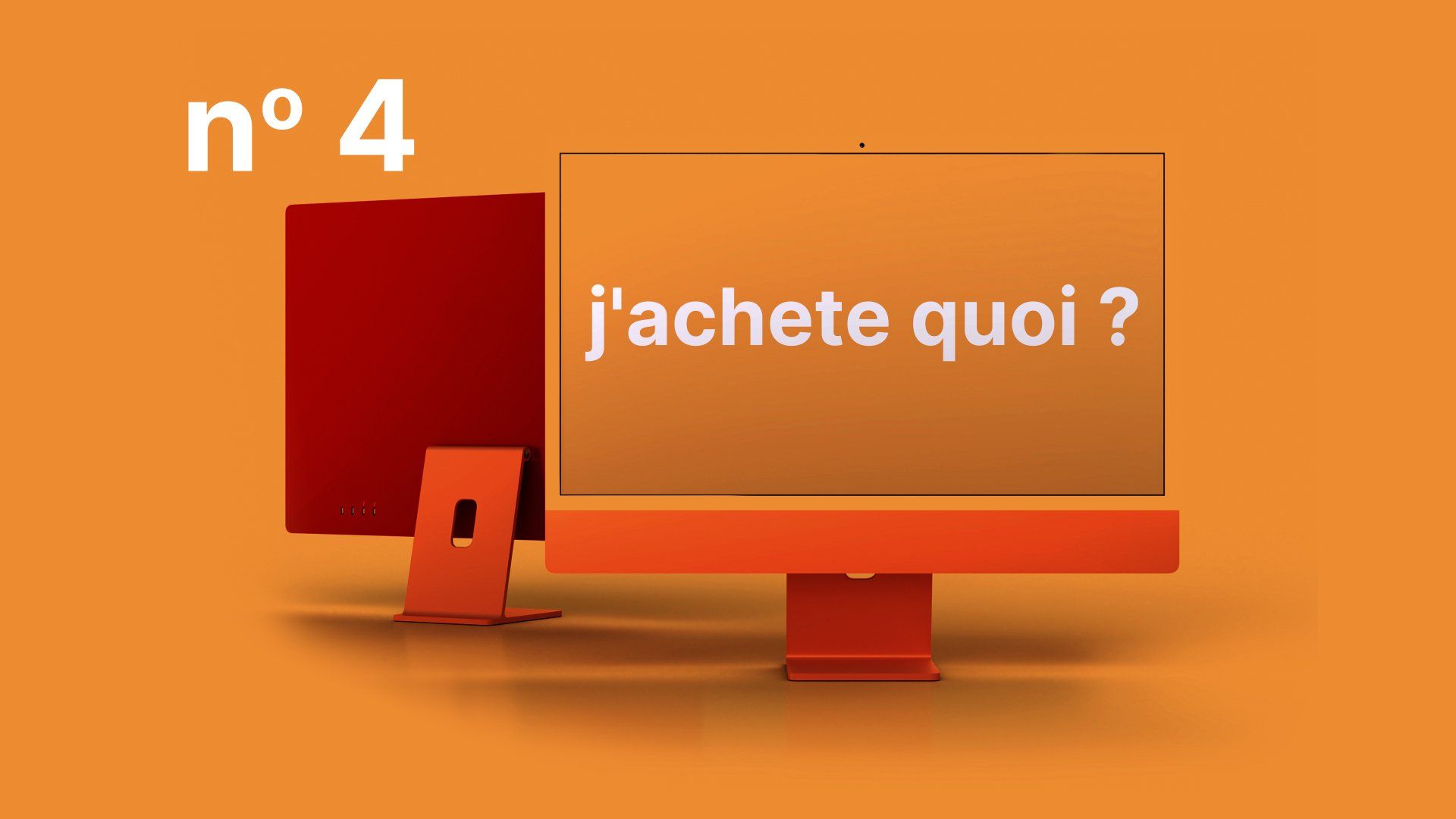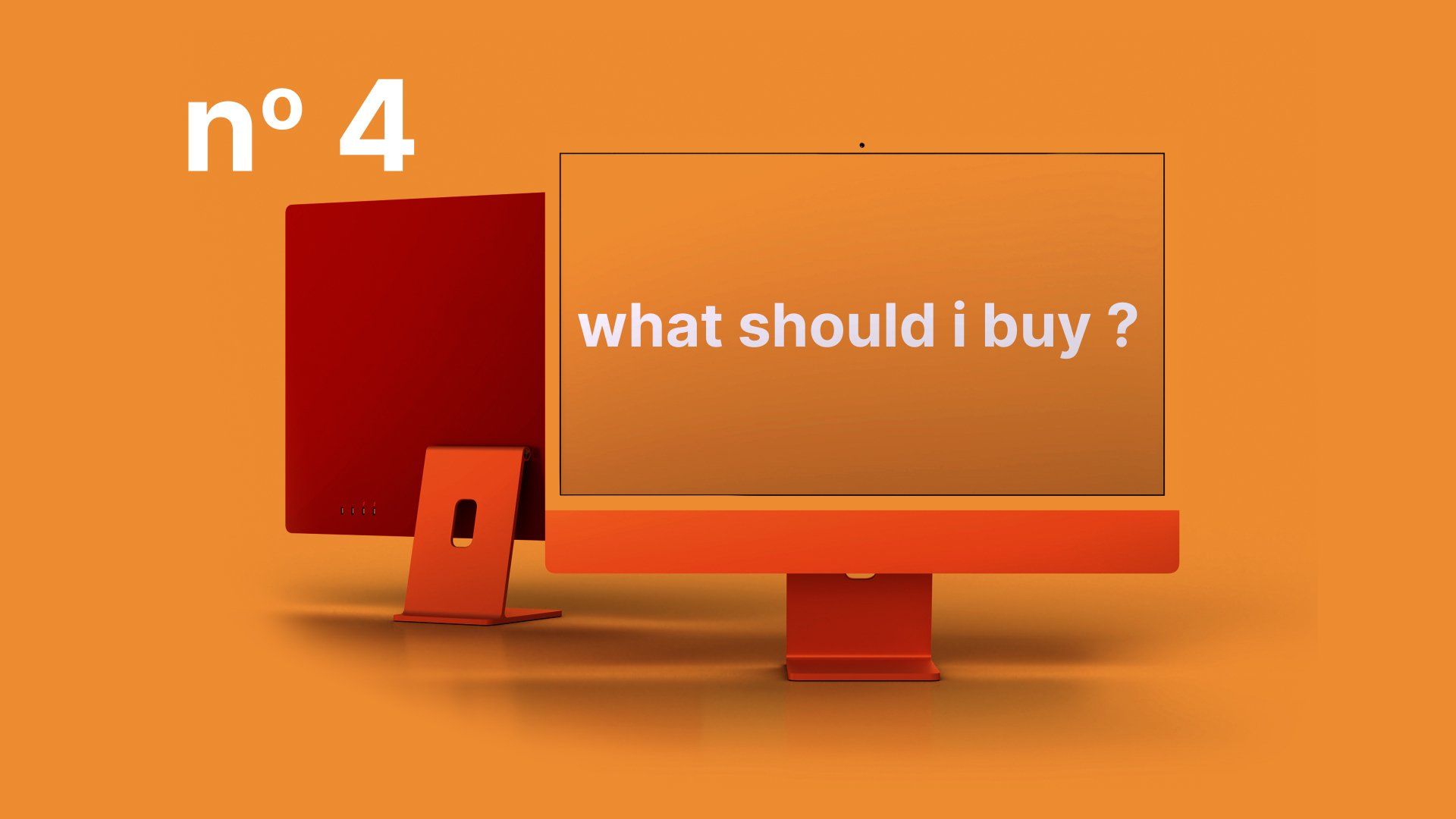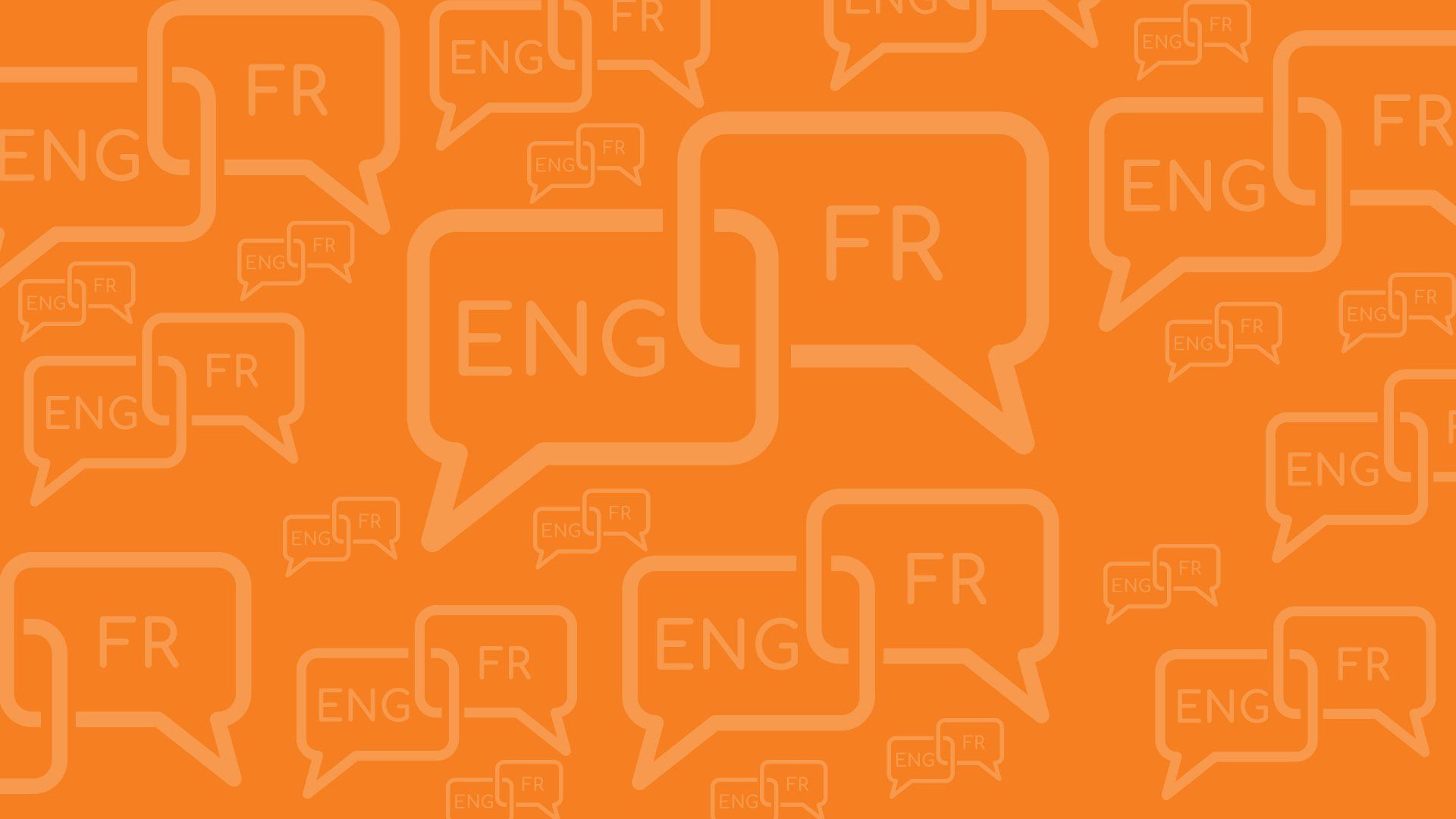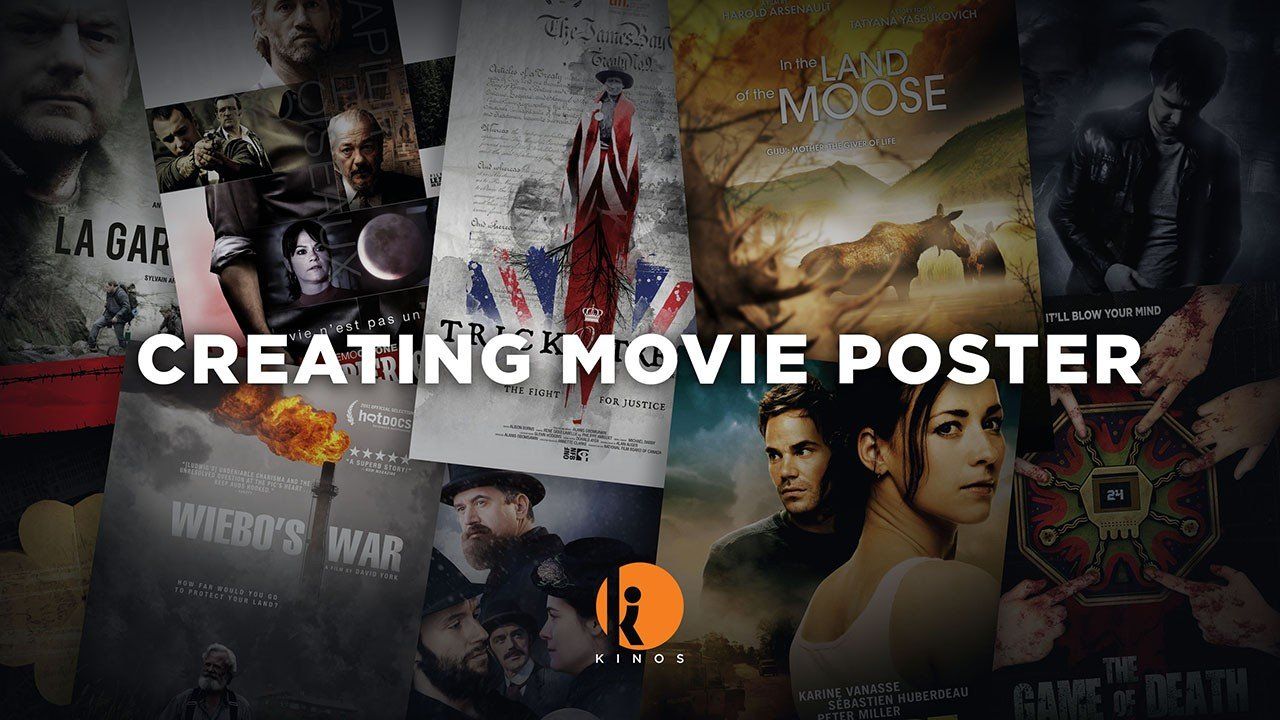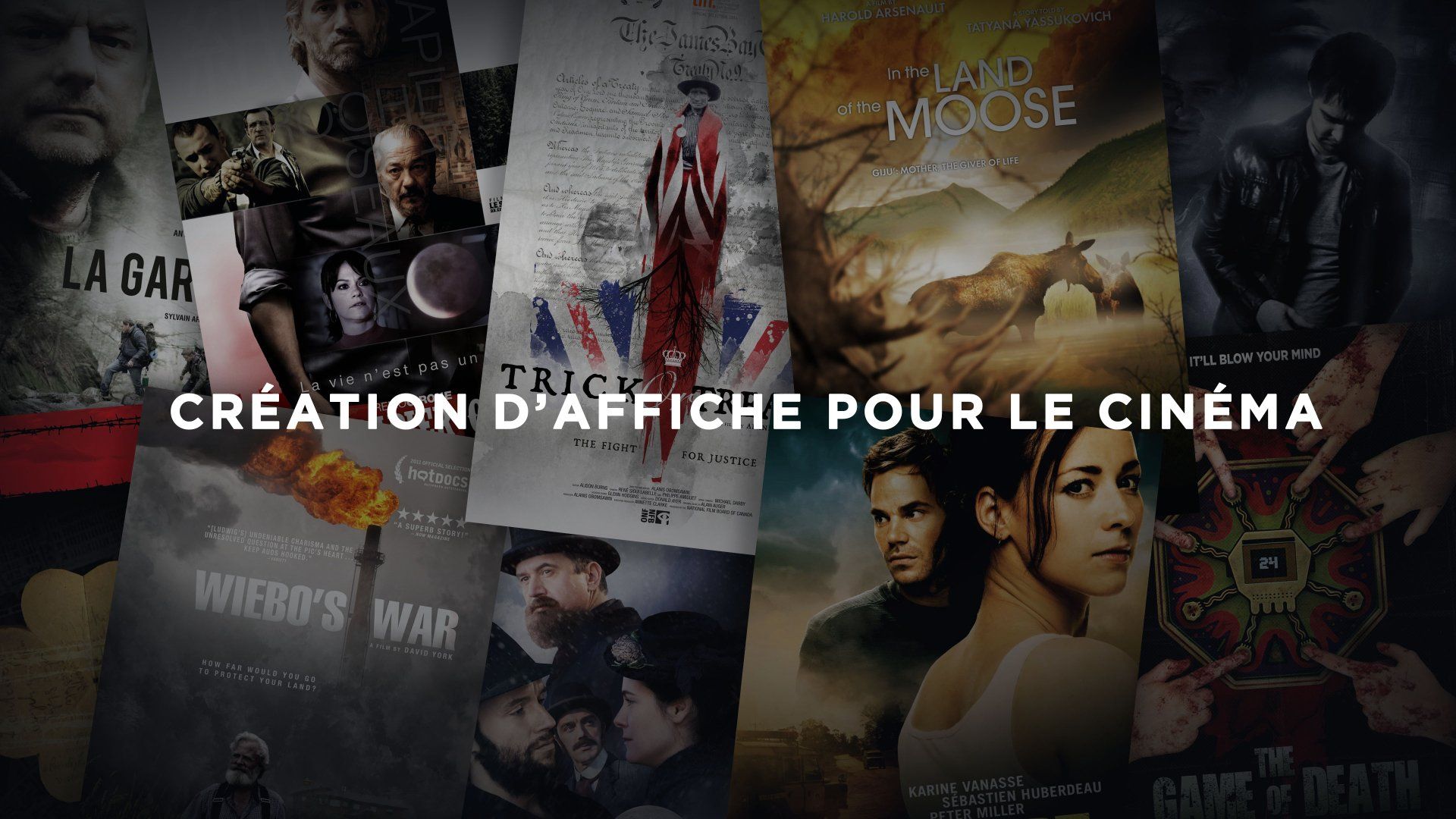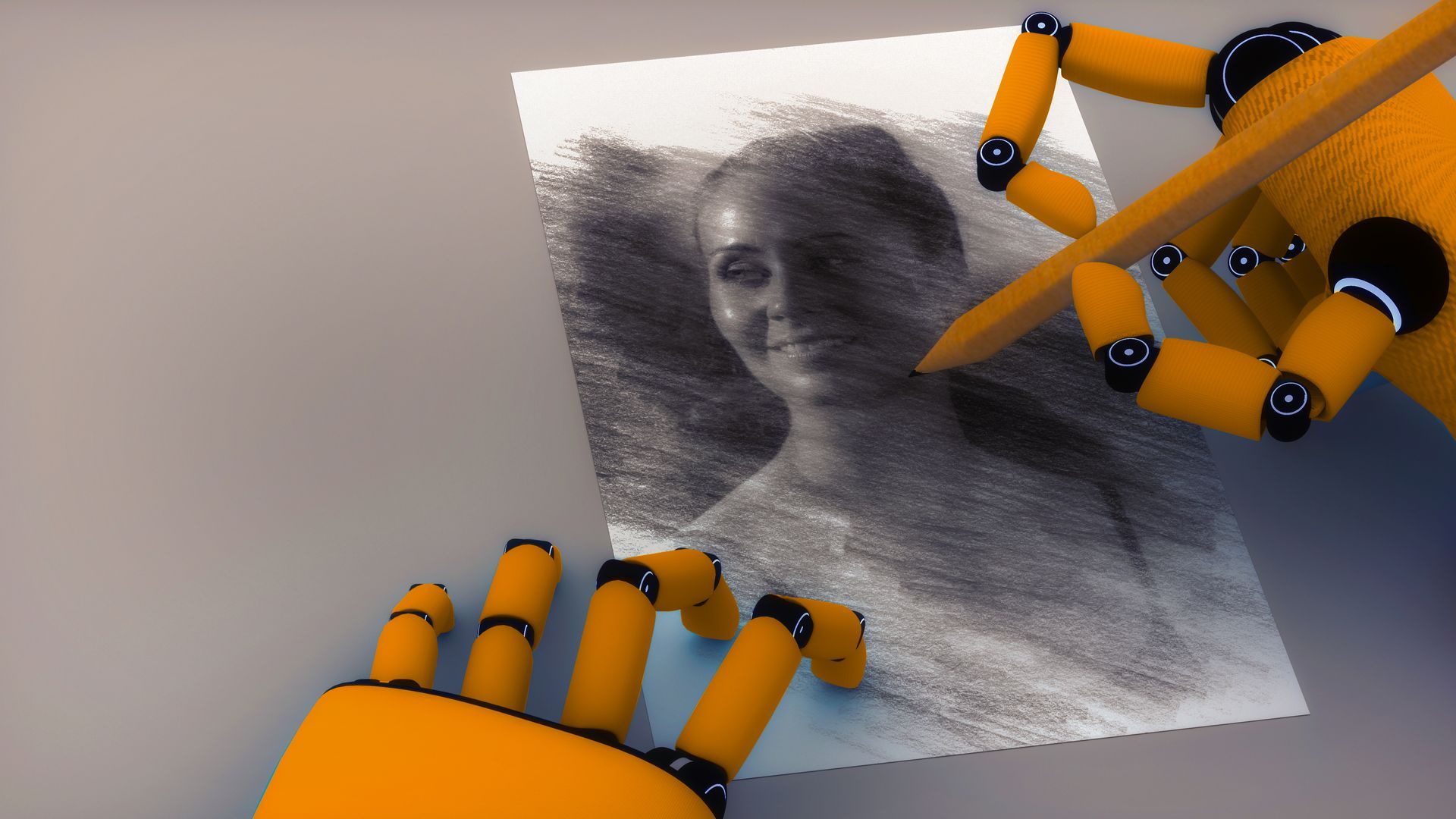Creating and localizing English and French marketing material
Hello, I am the Senior Editor at Kinos, a design studio specialized in creating and localizing English and French advertising and marketing material for the entertainment industry (movies, TV) and for general consumer products (food industry, insurance, automobile) destined to the Canadian market. I have been at it for more than 30 years, and I can tell you a lot has changed. From the Betamax/VHS war to 4K, from insurance companies wondering why they should offer their service in French to today’s fully bilingualized websites, fashions and formats have come and gone. But one thing remains constant: the need to provide consumers the best translation and copywriting money can buy.
A BIT OF HISTORY
Trained with the NBICOM team – a pioneer in the budding Canadian home entertainment industry – before joining Kinos, I can attest that we have collaborated with practically all the main players: Warner, Disney, Fox, Alliance, Universal… and the list goes on. Two main factors have contributed to the inception of our services: the linguistic Canadian reality with its two official languages from coast to coast, and the specific Quebec laws that reflect the statute of French as the only official language in the province. Suddenly, the industry was required by law to offer their products not solely in English but also in French or in bilingual format, according to the intended market.
Today, the roster of clients that knock on Kinos´door is varied: movies, SMEs, NPOs, food products, heavy industries, marketing studios. All looking for quality, precision and consistency.
LASTING FRIENDSHIPS
European French and Canadian French can be quite different. So when localizing any copy for the Canadian market, you have to use a level of French that consumers can relate to. This fact was never lost on the clients we have worked with so far. They have always trusted us to efficiently adapt the marketing of their products in a language that, for the most poart, they did not master. Some of them have graced us with their loyalty for decades – surely we must be doing something right!
A RIGOROUS PROCESS
At Kinos, text (translation and copywriting) and image (graphic design) go hand in hand. Upon receiving a project (let’s say a poster or a DVD packaging), the process is initiated: a translator and a designer are assigned to the task, the former handling language localization and the latter concentrating on the visual adaptation.
Let’s look more closely at the translation process by using a recipe analogy: once you have the right ingredients, you have to mix them up correctly before cooking them to perfection.
After analysis of the copy to translate, the translator prepares the ingredients. Each client has their own preferences and allergies: one needs a bilingual credit block, another prefers his quotes raw, another likes spicy catchlines, a pinch of bonus features here, a drop of copyright there… All the needed copy is copied and pasted in a file which goes in the translation oven.
Even though the translators uses a translation assistance software (in a process called Computer-assisted Translation, or CAT) to frame their work and to insure consistency with previous copy, the final edit remains their responsibility. Computer-assisted translation HELPS the translators but DOES NOT replace them. At Kinos, Google translations are considered a public nuisance. Intricate linguistic levels and choices are too important to be left in the hands of artificial intelligence. CAT software is mainly a great tool for recalling each client’s preferences and apply them using translation memories. When “Jaws 29: Mayhem in 5G” will be released, the Kinos translation memory will remember how the very first episode was translated. A great catchline used on the poster must be consistently used on following components: trailer, packaging, ads, in-store display, and so on. At Kinos, machines and humans work together to reach maximum consistency. And that is music to the clients’ ears. And customers' too!
IN EXPERT HANDS
The translated text is then given a good lookover. After all, nobody is above letting a typo or an incorrect conjugation slip in. We proofread, we discuss, we finalize and then we send the final copy to the designers who embed the required copy in their layouts.
A couple of enchanted spells and alchemist’s tricks later, text and image are combined in a series of drafts which are checked, double-checked or even triple-checked if need be, before sending it to the client for comments and/or approval.
Then we make corrections, and we send again.
Then we make some more corrections and send again… until all parties are happy campers.
IS IT A BIT TOO MUCH?
Maybe you find our process a bit tedious? Surely there is a way to expedite things and cut corners? “Haste makes waste”, goes the old saying. At Kinos, attention to details is in our DNA. Urgency or not, “t's” must be crossed and “i’s” dotted. Corners are cut, sure, but in the most efficient and practical manner. Thousands of visual components have flashed before our eyes, but Kinos is still determined to offer excellence, quality and consistency for all items we work on, on every platform and in all mediums. No time to dwell on the past or sit on our hands. A bit too much? No, it will never be too much.
It will be a pleasure serving you.
Philippe Bouchard
Senior Editor, Kinos
